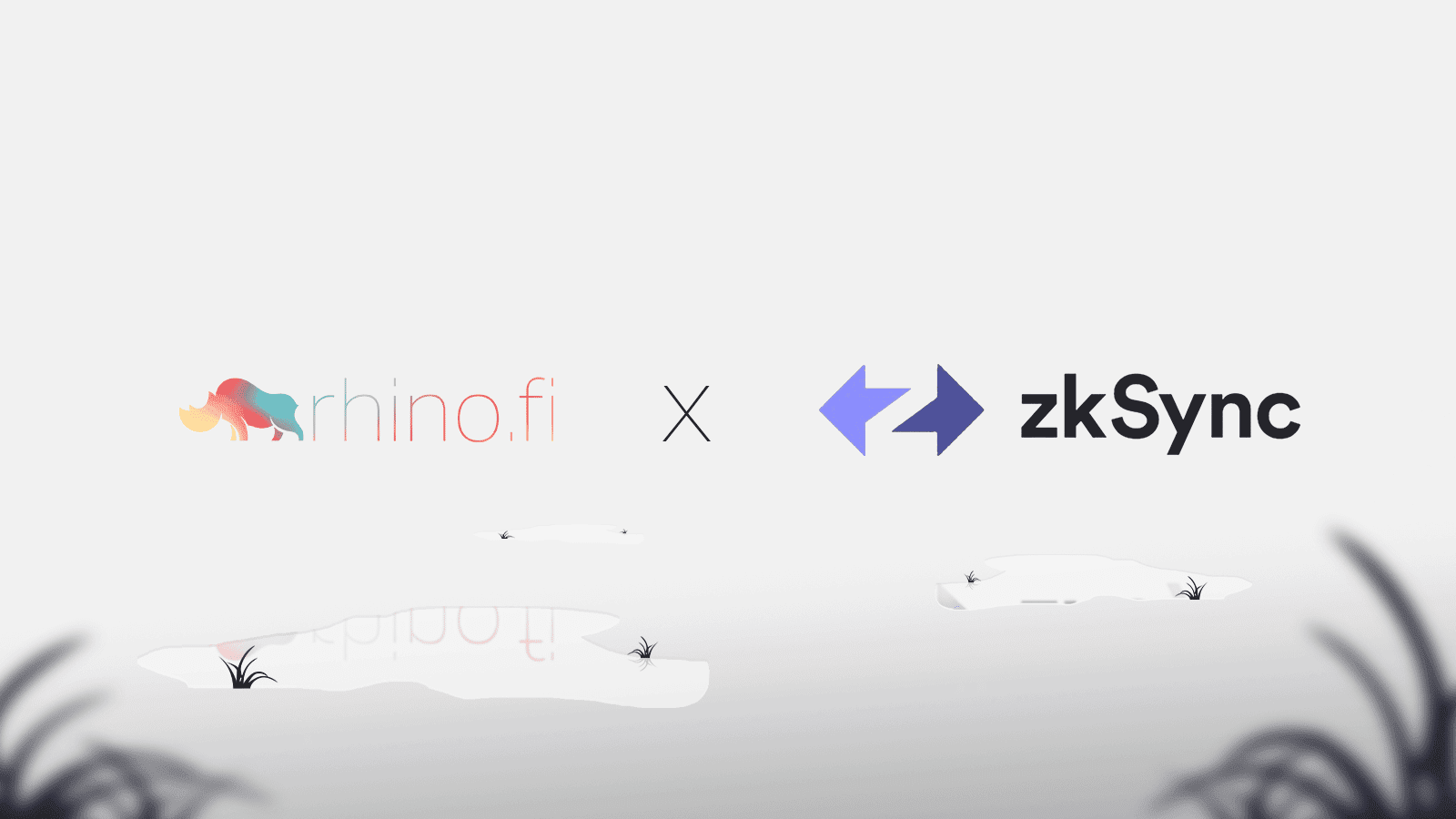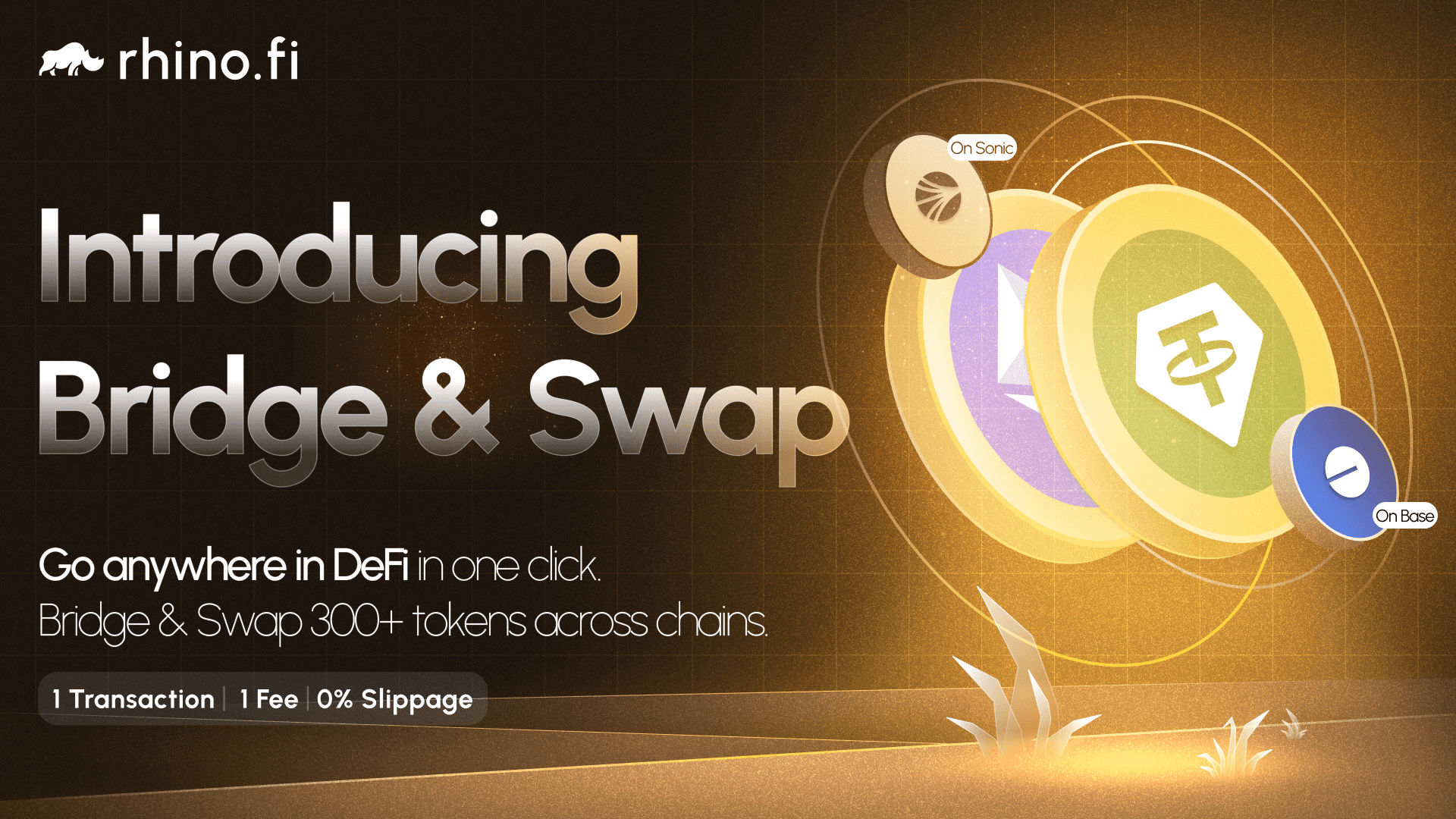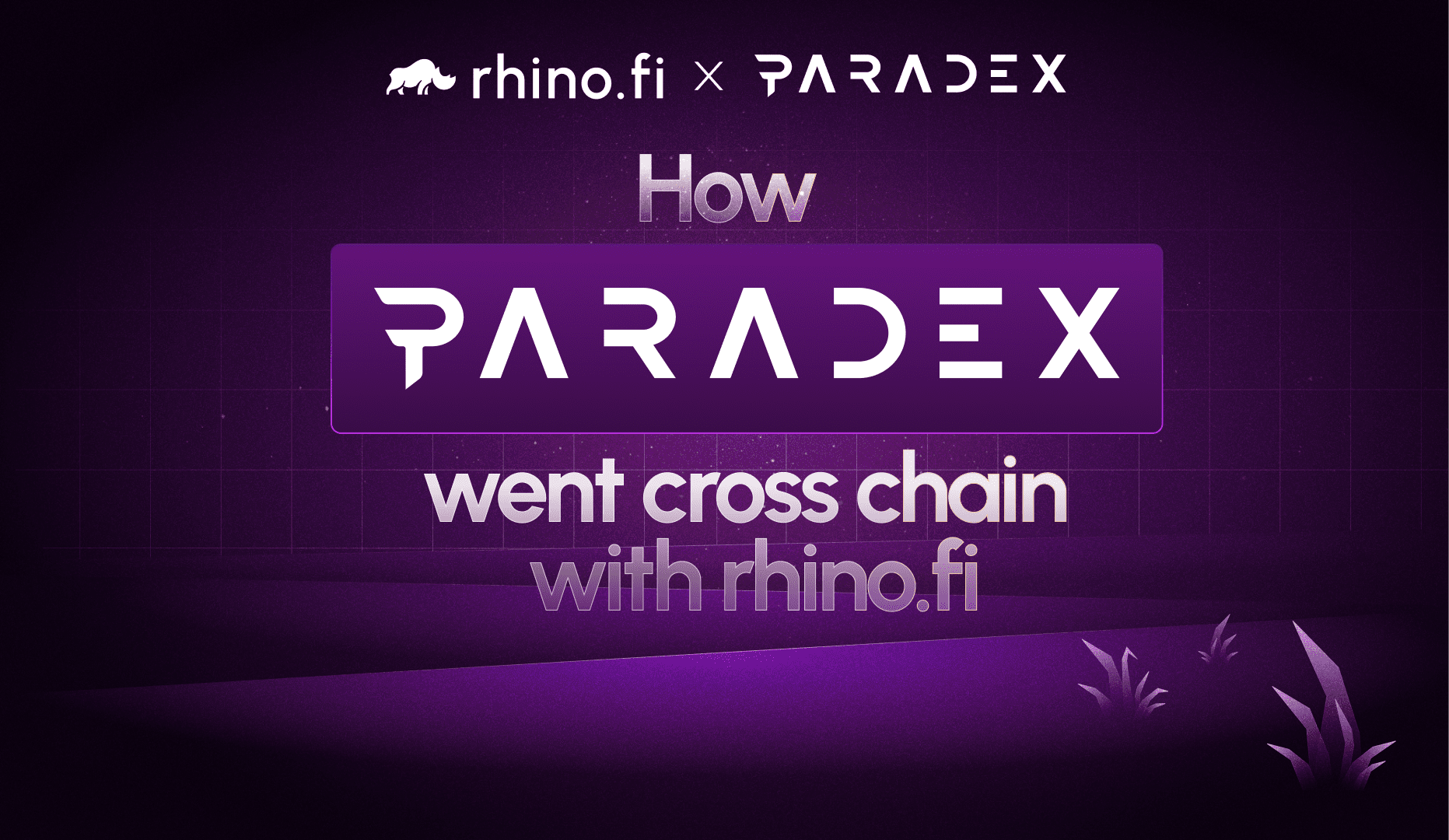Rhino.fi will soon integrate with zk Sync 2.0, the first fully-compatible EVM ZK rollup to go live on Ethereum mainnet.
Here’s what this means for you, us, and DeFi.
In 2020 we partnered with StarkWare to launch a scalable exchange instance of StarkEx. This made rhino.fi (then known as DeversiFi) one of the first-ever scaling solutions to go live for users on Ethereum.
Since then, the zk rollup space, and rollup space generally, has evolved beyond recognition and we are incredibly proud to have contributed to that growth in the Ethereum community in many different ways.
Now we are pleased to announce that we will soon be integrating with zkSync 2.0, the first fully compatible EVM zk rollup to go live on Ethereum mainnet.
ZK rollups: the end game
We have always believed that zero knowledge, or zk, proof technology is the end game of Ethereum scaling.
We chose StarkEx as our starting point because the technology was close to mature for a tailored use case of high-speed, low-cost trading.
Back then, most people involved in zk scaling research believed that while it was feasible to have application-specific zk rollups tailored to specific use cases like payments or trading, it would be many, many years before general-purpose computation, such as the Ethereum Virtual Machine, could be replicated in a zk rollup.
However the pace of innovation has been staggering since then.
Many teams are now proving that zk rollups can be used to scale a general-purpose VM, and they’re doing so much earlier than expected. At present, zkSync, Polygon Hermez, and StarkNet are all preparing to launch on mainnet Ethereum.
zkSync has championed this idea from early on, and has built a fantastic ecosystem around itself, which can be viewed on the zkSync ecosystem page.
Our goal is to become a platform that integrates all rollups and EVM chains into one seamless user experience, and so we knew we had to be on zkSync from day one of its launch.
An entire ZK ecosystem
Our goal is to help rhino.fi users explore and interact with the zkSync ecosystem from the first time, and get the maximum benefit from the projects launching there.
To start with, we will deploy a bridge to zkSync, to help our users venture into the networks we already support: Ethereum, Polygon, BSC, and StarkEx.
Next we will launch cross-chain swapping, aggregating all exchanges and working with our partners at Paraswap.
Finally we plan to directly integrate with other DeFi projects building on zkSync to make their applications easier to access inside rhino.fi, including yield opportunities.
The benefits of zkSync 2.0 and zk rollup technology
One of the great aspects of zkSync is that it mimics the EVM so well that any existing solidity smart contracts can be deployed directly, and expected to work as they would on Ethereum or another EVM chain, such as Polygon.
And there are several unique improvements, too. One that we are particularly excited to make use of at rhino.fi is ‘account abstraction’.
Account abstraction is an incredibly powerful feature, and means that accounts can carry additional logic to improve user experience. This can include account recovery (instead of being reliant on a single private key), multisig wallets, paying fees in other currencies, and much more.
As a zk rollup, one of the core differences compared to other EVM chains is that the L1 state needs to be watched to confirm finality.
Blocks are submitted to L1 in 3 transactions:
- Commit
- Prove
- Execute
Blocks included in the Execute step can be considered final, and the L2 blocks within the proof then cannot be reverted.
More on zk and zk rollups
At rhino.fi we’ve been massive fans of zk rollup technology since the beginning. We think it has the potential to make blockchain transactions faster, more efficient and, above all, more trustless.
We’ve got a whole explainer on zk rollup technology (specifically zk proofing) here. And our ‘zk rollups vs optimistic rollups‘ guide explains how the two main branches of rollups differ in their proving mechanisms.
We’d also urge you to check out Ethereum’s own guide to zk rollup projects, which gives a very detailed overview of how the tech works.





